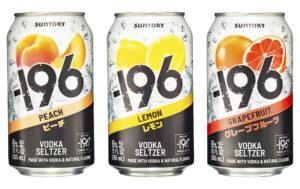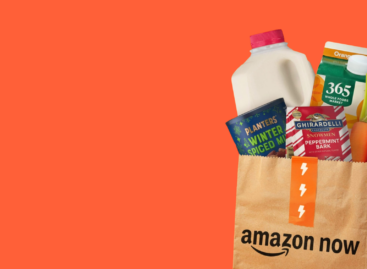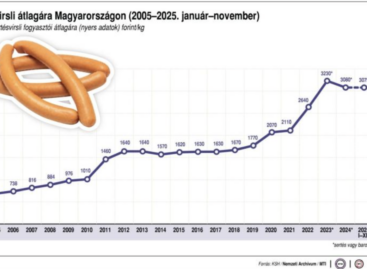Japan’s Suntory Aims For Greater US Canned Cocktail Market Share
Japan’s Suntory Holdings is betting on its spirits expertise to boost its share in the U.S. canned cocktails market, said a senior official from the drinks giant that aims to become the global leader in the sector by 2030.

While Suntory is best known among overseas consumers for its whiskey, a key growth market is the canned cocktail, or the ready-to-drink, segment. It believes its annual RTD revenue could double from current levels to about $3 billion (€2.68 billion) by 2030.
Suntory is No. 2 in the global RTD segment, underpinned by its dominance in Japan, Euromonitor data shows. But it is behind global leader Mark Anthony Group, maker of White Claw alcoholic seltzers, partly because of a smaller share of the U.S. market where it is not even among the top five players.
RTD Market Growth
The global RTD market saw double-digit sales growth during the pandemic as health concerns prompted a switch from higher calorie drinks like beer, but that slowed to just 2% annual volume growth in 2023, according to industry watcher IWSR.
Suntory’s overseas expansion is an ambitious move and it will have to “navigate local tastes, intense competition, market positioning and NoLo (no and low) alcohol trends”, said Mac Salman, creator of Kanpai Planet, a YouTube channel on the Japanese drinks industry.
In the U.S., taxes tend to be higher for spirits-based RTDs, versus those made with malt liquor.
Still, Oh believes Suntory has a competitive advantage.
Malt beverage seltzers have less sugar and less calories, but somewhat “lax in taste”, she said. “The better version comes in spirits, which is higher quality, better taste, while still keeping the calorie and sugar count.”
ESM
Related news
Retailers turn to AI for marketing, merchandising
🎧 Hallgasd a cikket: Lejátszás Szünet Folytatás Leállítás Nyelv: Auto…
Read more >Amazon tests delivery in half hour or less
🎧 Hallgasd a cikket: Lejátszás Szünet Folytatás Leállítás Nyelv: Auto…
Read more >Mondelez adds US to markets for zero-sugar Oreos
🎧 Hallgasd a cikket: Lejátszás Szünet Folytatás Leállítás Nyelv: Auto…
Read more >Related news
The GVH imposed fines of more than 3.7 billion forints on 29 companies in 2025
🎧 Hallgasd a cikket: Lejátszás Szünet Folytatás Leállítás Nyelv: Auto…
Read more >Hungary’s economy in 2025: recovery from slowdown, weaker forint and the increasing importance of corporate strategic decisions 2026 will be a test of resilience
🎧 Hallgasd a cikket: Lejátszás Szünet Folytatás Leállítás Nyelv: Auto…
Read more >NAK: it’s worth buying Hungarian sausages on New Year’s Eve too
🎧 Hallgasd a cikket: Lejátszás Szünet Folytatás Leállítás Nyelv: Auto…
Read more >






